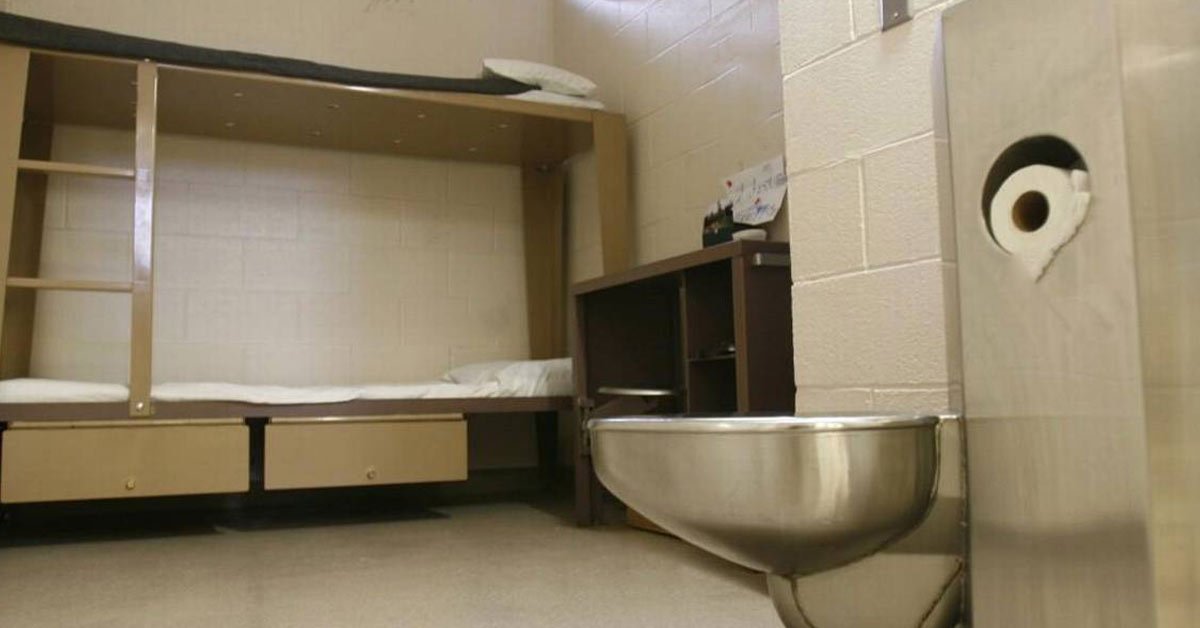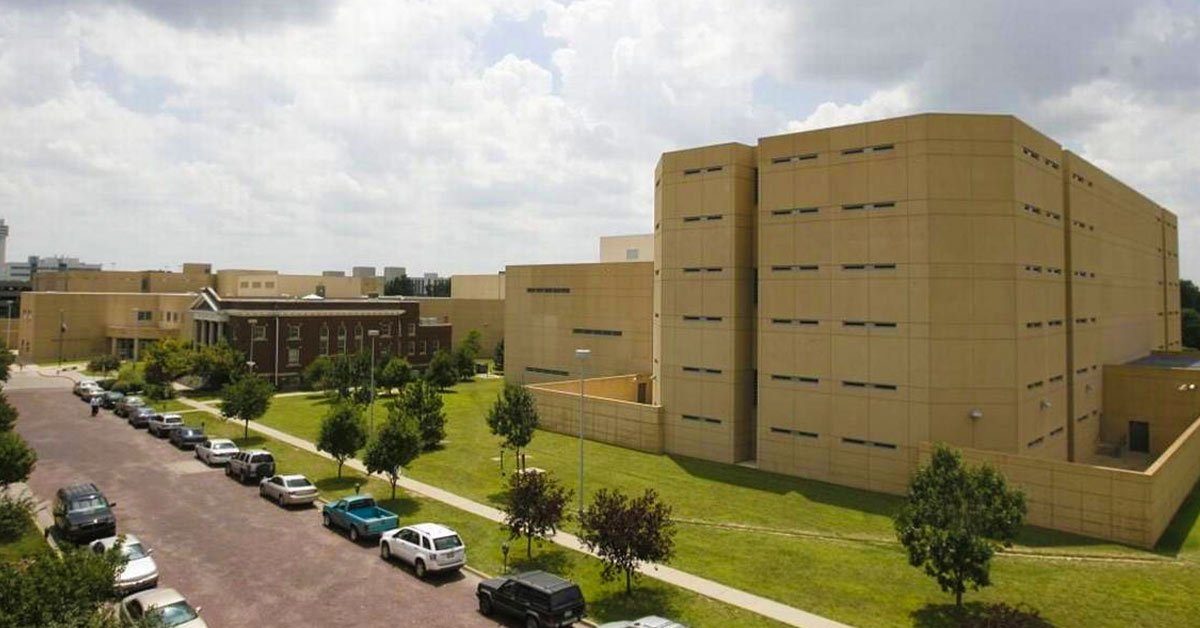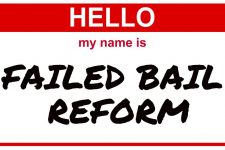Kansas Bail Reform

Kansas May Soon Allow Computers to Decide Who is Set Free from Jail
Bail reform measures currently under consideration by the Kansas Criminal Justice Reform Commission could drastically alter the way we determine which inmates should stay in jail while awaiting trial. Under the proposed system, computer algorithms would evaluate the risk associated with each inmate, then provide the presiding judge with a number between 1 and 10, where an inmate assigned a 1 might be set free on their own recognizance, and a score of 10 might indicate that the inmate should not be released on bond at all. Numbers 2 through 9 would carry various recommendations for the amounts of bond to be posted. Proponents of the idea say that the current system discriminates against minorities and the poor. They suggest that data-driven evaluations would do a better job of risk determination than the current system, which relies on the experience of human judges. Should we allow a computer to decide who stays in jail and who is released onto the streets of Kansas?
Will the Computer Treat Minorities and the Poor More Fairly?
There’s no evidence that computer risk assessments are reducing discrimination against minorities and the poor; they may even make it worse. According to John Raphling, a senior criminal justice researcher at Human Rights Watch, “The arrest history that’s used to estimate whether you’re going to commit a future crime or not is already biased out the gate.” Raphling believes that racial and financial discrimination are built into the data used by the system. “The theory is: ‘garbage in, garbage out,’” he said.
Will Computers Reduce Jail Populations?
Computer assessments have been tried in several jurisdictions around the country, and the results have not always been positive. Missouri implemented a statewide system in July of 2019, with the assumption that jail populations would drop, but this has not been the case. Before the reform (May of 2019), the average jail population of the Jackson County Detention Center was 834. Four months after the law went into effect (November of 2019), the number was still 834. Inmate populations in several other Missouri counties also stayed at previous levels, while those in Platte, Lawrence, and Stone Counties actually increased after the rule was implemented.
It appears that most Missouri judges have decided to ignore the algorithm and continue imposing bond the same ways they always have. This begs two questions:
- Why add a computer program at all?
- Could it be that these judges don’t trust the algorithm’s ability to evaluate human behavior?

Let’s Talk About Public Safety
The final and perhaps most important reason for considering bail reform is public safety. Advocates of data-based risk assessments believe computers can make better decisions than humans about which inmates will commit new crimes if released. Again, the real-world results of this type of bail reform have been disappointing in communities around the country.
New York has released a number of violent re-offenders onto the streets since implementing bail reform, and the results have occasionally been disastrous. Tiffany Harris, who was accused of attacking three Orthodox Jewish Women in Brooklyn was released without bail, only to attack another woman on the street the day she was set free. Dov Hikind of Americans Against Anti-Semitism was quoted as saying of the new system, “You have to beat the hell out of somebody—or murder them—for there to be any consequences. Otherwise, you are set free.”
Harris’ latest attack could accurately be blamed on computer error, yet jurisdictions around the country are still considering adopting the type of system that allowed this to happen.
Is Bail Constitutional?
There’s an argument out there that the basic concept of bail is unconstitutional, that society has no right to incarcerate anyone before they’re convicted of a crime. But this argument fails to acknowledge the importance of public safety, which is why we have jails in the first place. No, not everyone who is arrested is a threat to the public—most of them aren’t—but our legal system would have no teeth whatsoever if we didn’t use the screening process of arraignment to try and make informed decisions, one inmate at a time. Ours is not a perfect system, but it’s the best method we have for evaluating those who cross paths with the law.

What’s the Right Answer?
Nobody wants to keep people in jail if they’re neither dangerous nor a flight risk. Nobody wants to see anyone’s life ruined from being needlessly stuck in jail or having to pay high bond amounts. This is why bail bondsmen exist, to fill the void between what’s perfect and what’s possible. We take a small percentage of the bail amount for the service of setting people free who should be set free, so they can work, access family and community resources, and get back to living their lives.
Maybe there are better answers, but now that the computer assessment model has been tried, many judges and scholars have serious doubts about its accuracy. Computer programs already influence what we watch, what we buy, and what news we believe. We can look away from all that, if we choose to, but do we really want to place algorithms in charge of the lives of inmates and overall public safety?





